Name Dedan Kimathi | Books Kenya's Freedom Struggle | |
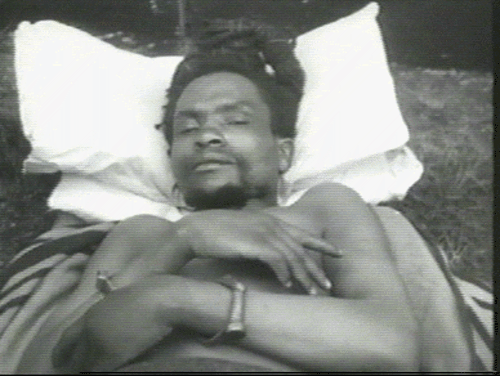 | ||
Full Name Kimathi wa Waciuri Similar People Waruhiu Itote, Musa Mwariama, Stanley Mathenge, George Erskine | ||
Dedan Kimathi's 60th commemoration marked in Nyeri County
Former freedom fighters to get land courtesy of Dedan Kimathi Foundation
Dedan Kimathi Waciuri (31 October 1920 – 18 February 1957) born Kimathi wa Waciuri, was a leader of the Mau Mau which led an armed military struggle known as the Mau Mau Uprising against the British colonial regime in Kenya in the 1950s.
Contents
- Dedan Kimathis 60th commemoration marked in Nyeri County
- Former freedom fighters to get land courtesy of Dedan Kimathi Foundation
- Early life
- Mau Mau movement
- Personal life
- Official registration of the Mau Mau
- The Dedan Kimathi Statue
- Nelson Mandela
- Places named after Kimathi
- Popular culture
- References
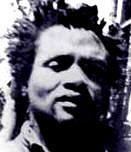
Kenyan nationalists view him as the heroic figurehead of the Mau Mau rebellion against British colonial minority rule while the British government saw him as a terrorist. Despite being viewed with disdain by the Jomo Kenyatta and Daniel arap Moi governments, Kimathi and his fellow Mau Mau rebels have been officially recognised as heroes in the struggle for Kenyan independence since the Mwai Kibaki administration including the unveiling of a Kimathi statue in 2007. This was further reinforced by the passage of a new Constitution in 2010 calling for recognition of national heroes.
His capture and execution in 1957 led to the eventual defeat of the uprising by the British colonial government.
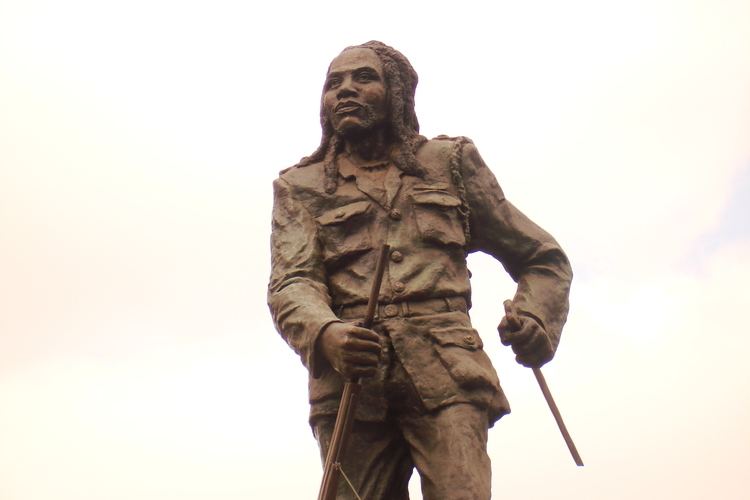
On 12 September 2015, the British Government unveiled a Mau Mau memorial statue in Nairobi's Uhuru Park that it funded "as a symbol of reconciliation between the British government, the Mau Mau, and all those who suffered". This followed a June 2013 decision by Britain to compensate more than 5,000 Kenyans tortured and abused during the Mau Mau insurgency.
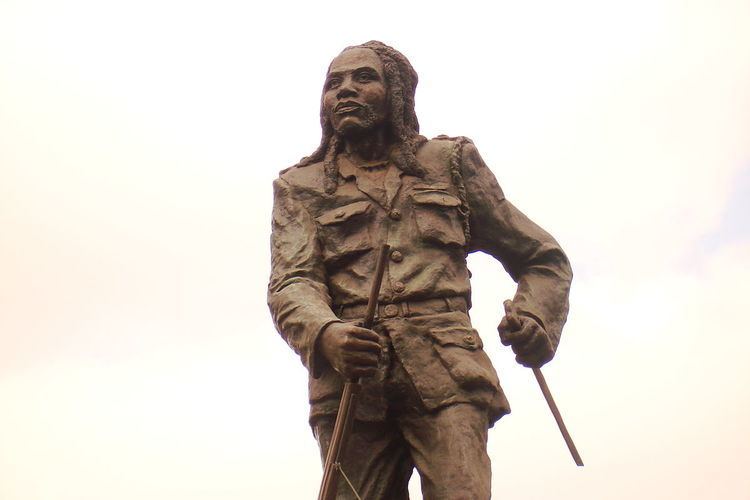
Early life
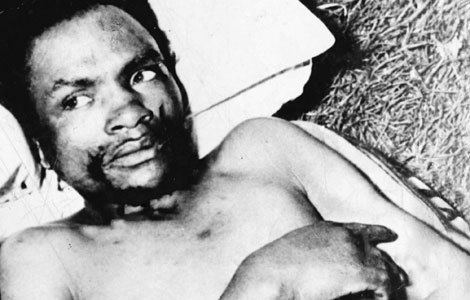
Kimathi was born in Thege Village Tetu division, Nyeri District. His father died in September 1920 before Kimathi was born. He was born on 31 October 1920. Kimathi was raised by his mother, Waibuthi, one of his father's three wives. He had two brothers, Wambararia and Wagura, and two sisters. At the age of fifteen, he entered the local primary school, Karuna-ini, where he perfected his English. He would later use his language skills to write extensively before and during the Mau Mau uprising. He was a Debate Club member in his school and also showed ability in poetry. He continued his education in the secondary school Tumutumu CMS School. Kimathi was said to have balked at any discipline or control, and was constantly in trouble with his teachers, and as a result, to have drifted in and out of education.
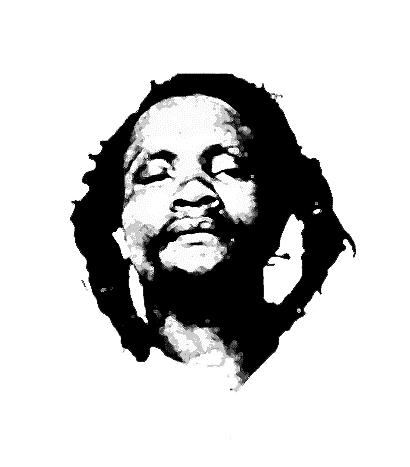
In 1940, Kimathi enlisted in the British Army, but was discharged after a month, allegedly for drunkenness and persistent violence against his fellow recruits. He drifted from job to job, from swineherd to primary school teacher, from which he was dismissed after accusations of violence against his pupils.
Mau Mau movement
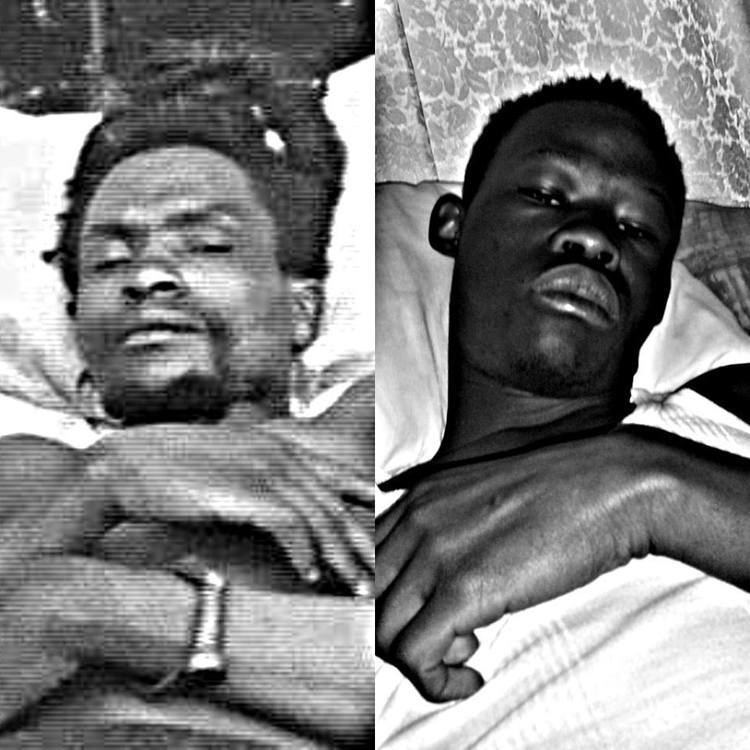
In around 1947 or 1948, whilst working in Ol Kalou, Kimathi came into close contact with members of the Kenya African Union (KAU). By 1950 he had become secretary to the KAU branch at Ol Kalou, which was controlled by militant supporters of the Mau Mau cause. The Mau Mau began as the Land and Freedom Army, a militant Kikuyu army which sought to reclaim land, which the British settlers had gradually stripped away from the Kikuyu. As the group's influence and membership widened it became a major threat to the colonial government.
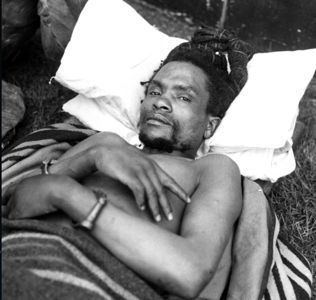
Upon taking the oath of the Mau Mau, Kimathi in 1951 joined the Forty Group, the militant wing of the defunct Kikuyu Central Association. As branch secretary, Kimathi presided over oath-taking. He believed in compelling fellow Kikuyu by way of oath to bring solidarity to the independence movement. To achieve this he administered beatings and carried a double-barrelled shotgun. His activities with the group made him a target of the colonial government, and he was briefly arrested that same year but escaped with the help of local police. This marked the beginning of his violent uprising. He formed the Kenya Defence Council to co-ordinate all forest fighters in 1953.
In 1956, on 21 October, four years to the day after the start of the uprising, a group led by Ian Henderson arrested Kimathi in the Nyeri forest. His capture marked the end of the forest war. A court presided over by Chief Justice O'Connor and with an all-black jury of Kenyans sentenced him to death while he lay in a hospital bed at the General Hospital Nyeri. In the early morning of 18 February 1957 he was executed by hanging at the Kamiti Maximum Security Prison. He was buried in an unmarked grave, and his burial site remains unknown.
Personal life
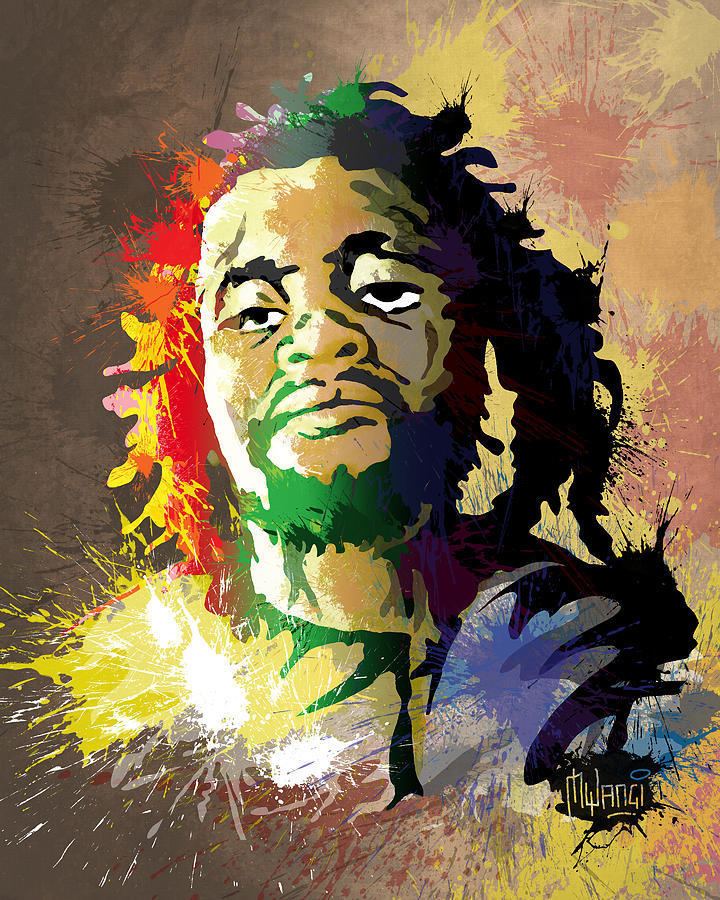
Kimathi was married to Mukami Kimathi. Among their children are sons Wachiuri and Maina and daughters Nyawira and Wanjugu. The government constructed a three-bedroomed house for Mukami at her farm in Kinangop, Nyandarua County in 2009 and provided her with a double cabin pickup for private use in 2012. In 2010, Kimathi's widow requested that the search for her husband's body be renewed so she could give him a proper burial.
Official registration of the Mau Mau
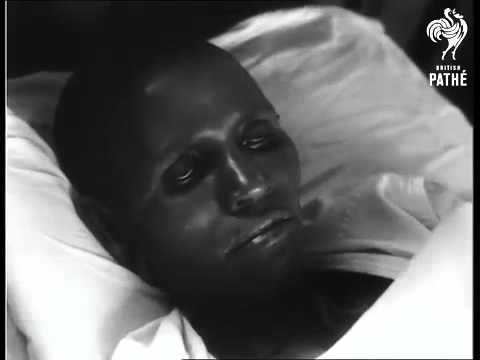
Kimathi is a national hero of the Kenyan people. On 11 November 2003, the Kibaki government formally registered the Mau Mau movement, disregarding the colonial-era legislation that had outlawed the organisation and branded its members "terrorists". In his remarks during the handing over of the certificate, Vice President Moody Awori regretted that it had taken 40 years for the group to be officially registered despite the sacrifices the Mau Mau had made for Kenya's independence.
The Dedan Kimathi Statue
The Kibaki government erected a 2.1 metre bronze statue titled Freedom Fighter Dedan Kimathi on a graphite plinth, in central Nairobi. The statue is at the junction of Kimathi Street and Mama Ngina Street. Kimathi, clad in military regalia, holds a rifle in the right hand and a dagger in the left, the last weapons he held in his struggle. The foundation stone for the statue was laid by Vice President Awori on 11 December 2006 and the completed statue unveiled by President Kibaki on 18 February 2007 coinciding with the 50th anniversary of the day he was executed. In his remarks, Kibaki paid homage to Kimathi as a man who not only paid the ultimate price for Kenya's liberation but also inspired others to fight against oppression.
The statue attracted praise from Kenyans as a long overdue recognition of the Mau Mau for their part in the struggle for independence. This was in marked contrast to the post-colonial norm of the Jomo Kenyatta and Daniel Arap Moi governments' regard of the Mau Mau as terrorists.
Nelson Mandela
Kimathi was held in high regard by anti-apartheid leader Nelson Mandela. In July 1990, five months after his release from 27 years of imprisonment by South Africa's apartheid regime, Mandela visited Nairobi and requested to see Kimathi's grave and meet his widow Mukami. Mandela's request was an embarrassing moment for the Moi administration, which had largely ignored Kimathi, like Jomo Kenyatta's government before it. It was an awkward moment of searching for her in the village where she and her family lived forgotten in poverty. Mandela's request was not met. During a public address at the Kasarani Stadium in Nairobi before he left the country, Mandela stated his admiration for Kimathi, Waruhiu Itote and other Mau Mau leaders who inspired his own struggle against injustice. It was only 15 years later in 2005, during his second visit to Kenya, that Mandela finally managed to meet Mukami as well as two of Kimathi's children.
Mandela's respect for Kimathi by the early 1960s is also alluded to in My Moment with a Legend by Ronnie Kasrils, the former intelligence chief of the ANC’s armed wing Umkhonto We Sizwe (MK) and defence minister in Mandela’s government).
